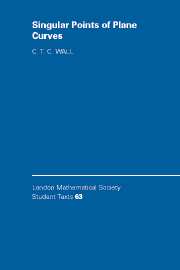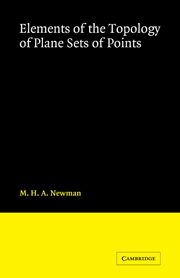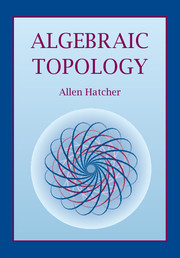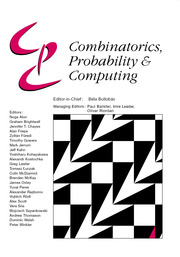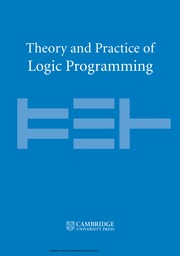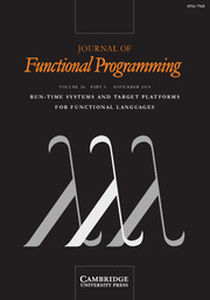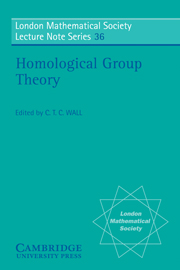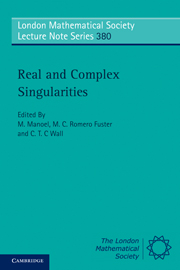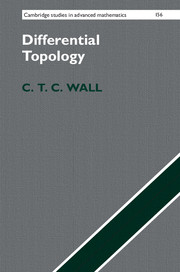Singular Points of Plane Curves
Even the simplest singularities of planar curves, e.g. where the curve crosses itself, or where it forms a cusp, are best understood in terms of complex numbers. The full treatment uses techniques from algebra, algebraic geometry, complex analysis and topology and makes an attractive chapter of mathematics, which can be used as an introduction to any of these topics, or to singularity theory in higher dimensions. This book is designed as an introduction for graduate students and draws on the author's experience of teaching MSc courses; moreover, by synthesising different perspectives, he gives a novel view of the subject, and a number of new results.
- Written by one of the foremost researchers and teachers in the field
- Thorough grounding that enables students to move on to higher study or begin research
- Developed over several years of successful teaching and is also an original synthesis, with views and results not found elsewhere
Reviews & endorsements
'The text reflects the author's great expertise in the field in a masterly way … His style of writing mathematics is … motivating and highly inspiring. No doubt, this book will quickly become a widely used standard text on singularities of plane curves, and a valuable reference book, too.' Zentralblatt MATH
Product details
November 2004Paperback
9780521547741
382 pages
229 × 153 × 21 mm
0.535kg
24 b/w illus. 50 exercises
Temporarily unavailable - available from TBC
Table of Contents
- Preface
- 1. Preliminaries
- 2. Puiseux' theorem
- 3. Resolutions
- 4. Contact of two branches
- 5. Topology of the singularity link
- 6. The Milnor fibration
- 7. Projective curves and their duals
- 8. Combinatorics on a resolution tree
- 9. Decomposition of the link complement and the Milnor fibre
- 10. The monodromy and the Seifert form
- 11. Ideals and clusters
- References
- Index.

